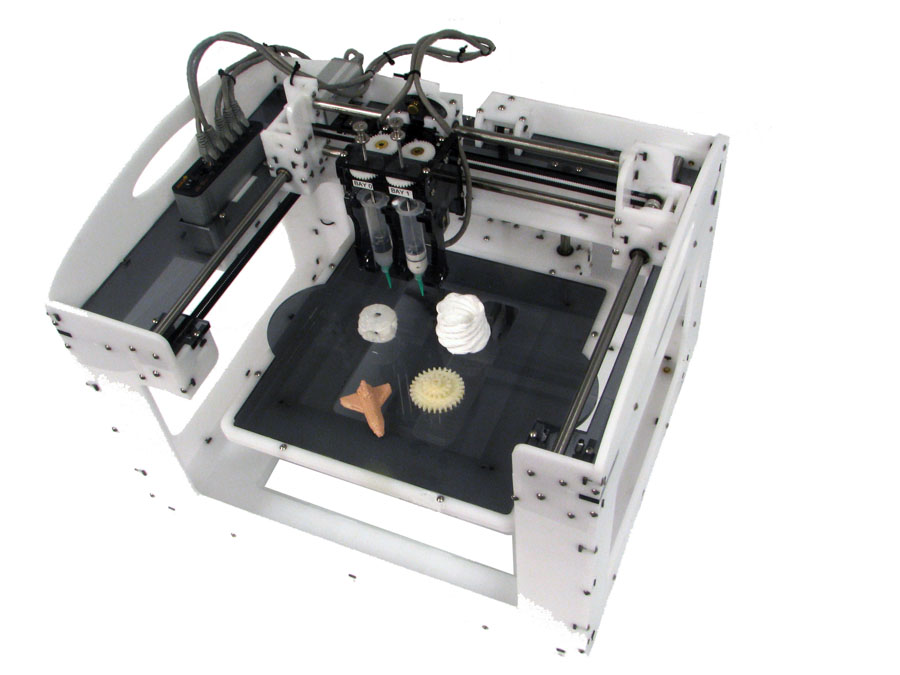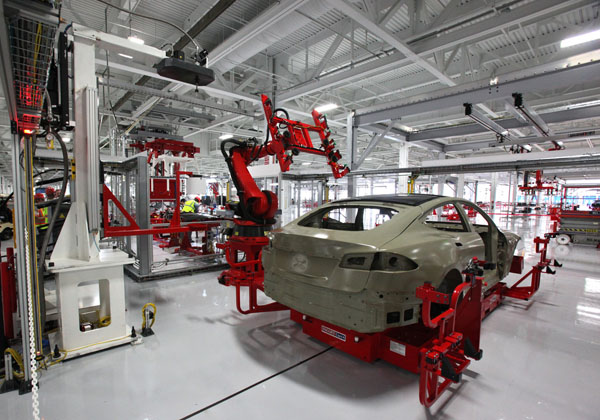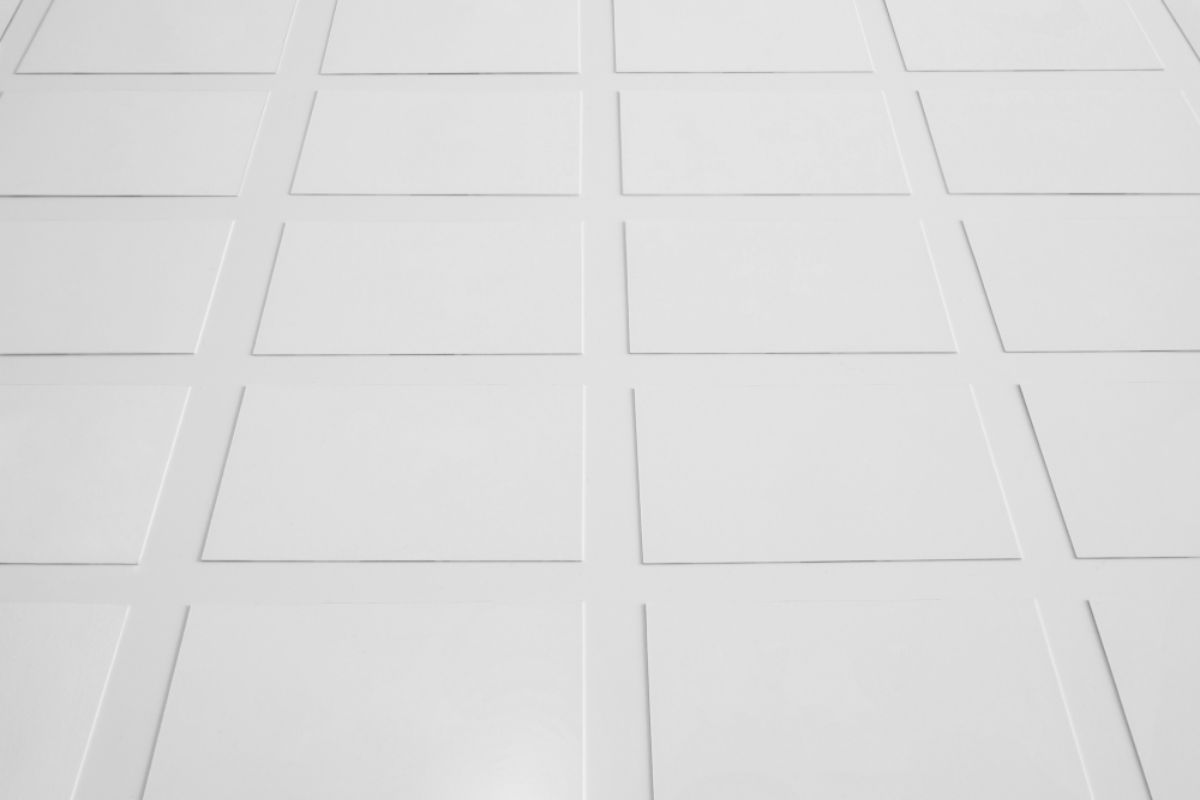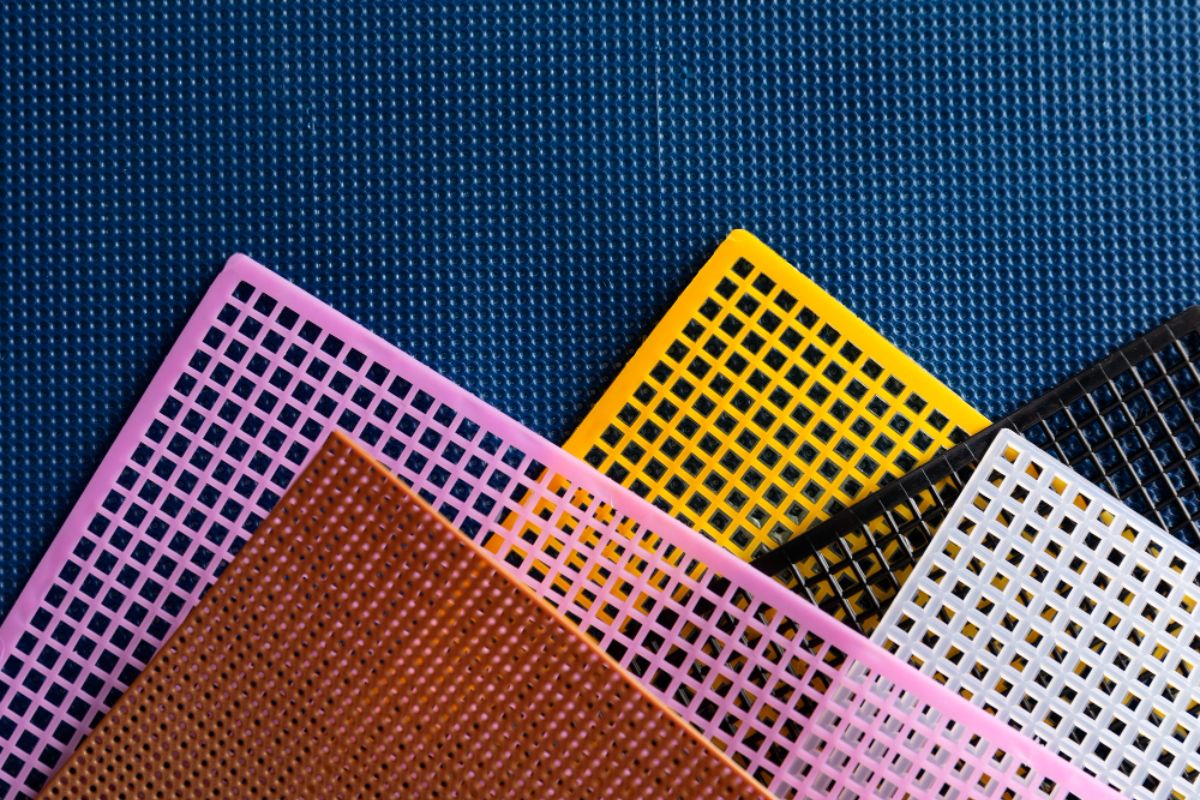In what ways did injection molding companies in China help change the medical industry?
- Experimenting with lifesaving technologies
- Developing infection-resistant properties
- Providing opportunities for innovation
- Increasing durability and sustainability
The medical field thrives on experimentation and innovation in the continuous search for new ways to deliver healthcare to people. As new technologies emerge, higher standards to follow are also established when it comes to the products that medical practitioners use for their respective specializations. This is where injection molding companies in China, or any part of the world for that matter, come into play.
The advantageous qualities of plastic have been used by the medical industry for a long time now. This fact has set the bar higher for equipment manufacturing because of the primary reason that this particular application deals with matters of life and death. The advancements in the medical field through plastic products is possible because of the significant improvement of standards in medical grade plastics.
From essential medical supplies to high-tech machines, plastic injection molding has always been hand-in-hand with the medical industry in improving the quality of healthcare and the different ways to save lives. The triumph that comes with sustaining a person’s life and saving him or her from certain death is an astounding feat. The benefits that plastics have contributed to the medical industry are countless, but for now, we will go over a few ways that injection molding in China has changed the medical industry.
Experimenting With Lifesaving Technologies
With the constant stream of new technologies emerging every day, it is only imperative that some of it be used in the medical field. For quality manufacturers around the world especially in China, molding companies open up more ways to contribute to this cause.
As cutting-edge trends push plastic injection molding forward, the innovation that can be applied to medical applications follows suit. According to Plastic Make It Possible, there are developments made as a result of experimentation in such as the plastic heart and the plastic foam.
A plastic heart is necessary by helping sustain a patient’s life as they are awaiting a heart transplant. Thanks to this new technology, there is now a device that has the ability to replace both ventricles and the four heart valves of a person. This provides them with the time that they need between confinement and the surgery proper.
On the other hand, plastic foam is responsible for helping stabilize trauma patients who have experienced serious internal injuries. These are just examples of the lifesaving technologies that injection molding can help with for the present and future of the medical industry.
Developing Infection-resistant Properties
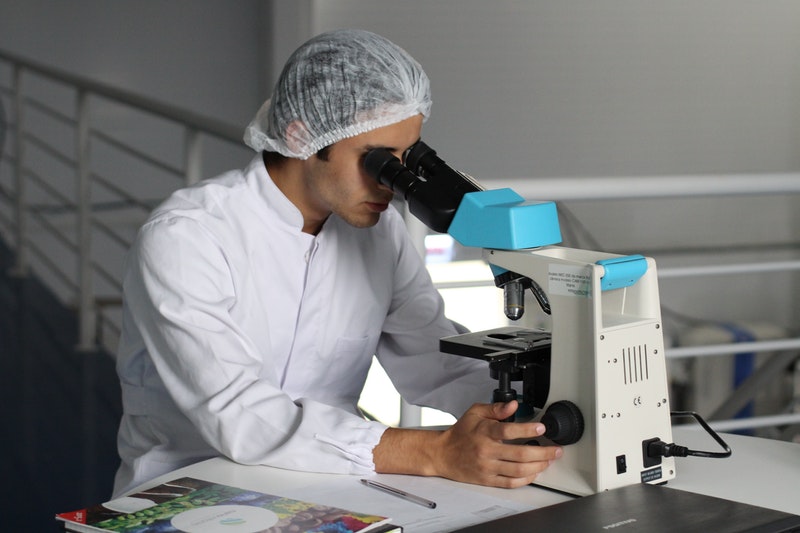
The life-changing medical devices that injection molding has produced come with a few special capabilities that have ultimately redefined healthcare. The plastics industry has been at the helm of the revolutionary periods in medicine which are made possible with the constant drive in innovations by molding companies.
There are medical grade plastics available today that have infection-resistant properties which greatly benefit patients who are suffering from viral diseases. Antimicrobial plastic has also been developed to help stop the rampant spread of diseases in healthcare facilities from different countries.
Medical devices are always in close proximity to people who may carry certain diseases which increases the risk of viral infections, but antimicrobial plastics work effectively against this. This type of plastic has the potential to help medical practitioners come up with more effective ways to cure a patient since they can rely on the antimicrobial plastic to kill bacteria.
Providing Opportunities for Innovation
![]()
Sustainable devices produced by way of plastic injection molding has provided more opportunities to save lives. Innovation has become a norm in this industry, significantly impacting the applications that require specific products for a particular type of function.
From the beginning, injection molding has allowed engineers to devise products for the sole purpose of improving a life. Doctors then have employed them in their practice and have generated positive results.
Plastics also have the potential to replace their metal counterparts because their shape can be manipulated and molded according to the desired function, opening up new opportunities for innovation as both industries progress.
Increasing Durability and Sustainability
Manufactured plastic products can withstand various forces and even weather the tests of time. Their structural integrity is one of the reasons why medical grade plastics have been adopted by various hospitals around the world. There are even cases when plastics are preferred over metal since the latter can wear out due to friction which hinders their overall functionality.
Plastics are sustainable; they have excellent sterility and malleability. If your concern is about the limited capability of metals to be molded into the part or shape that you want, switching to plastics will provide a solution to this problem.
Key Takeaway
As the demand for top-notch medical devices increases day-by-day, it helps to know that you can rely on molding companies to help make life-saving ideas into a reality.
Consider an engagement with a company in China because their teams are the best when it comes to following the integrity of a design and delivering high-quality products. Medical grade plastics are among the best in the industry.
Manufacturers are not going to have a problem with meeting the large demand for products made by the various clients that they cater to. Plastics will continue to be a driving force in revolutionary medical devices and they will boost the industry in many decades to come.

